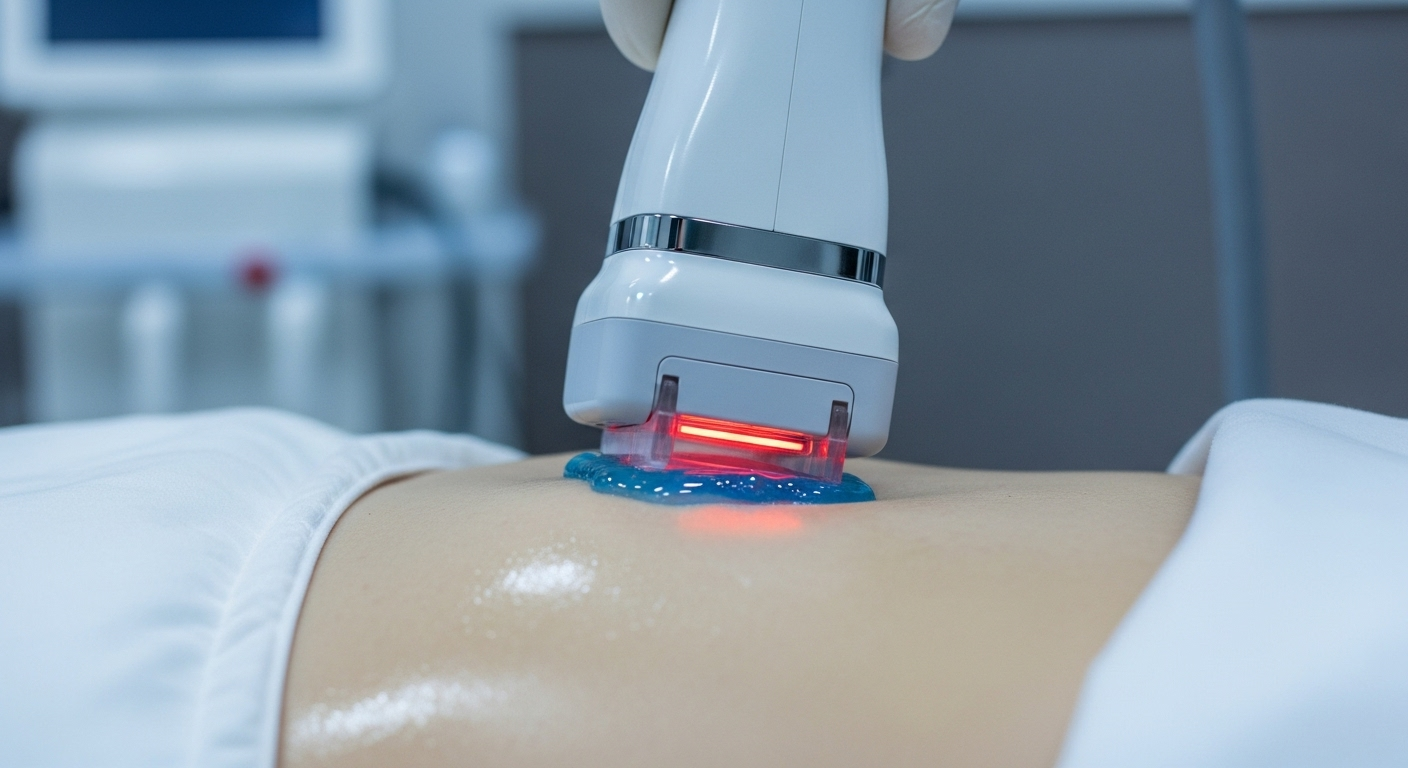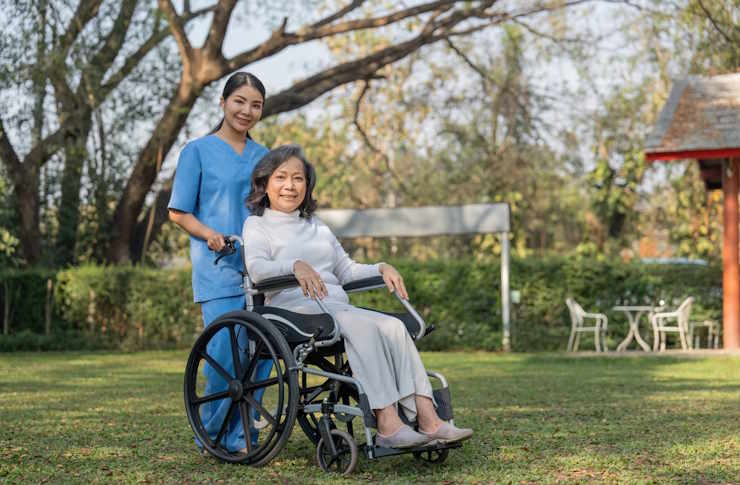Exploring Non-Surgical Fat Loss Methods That Show Promise
Non-surgical fat reduction methods offer alternatives to traditional procedures, using advanced technology to target stubborn areas with minimal downtime. From subtle shaping to more visible results, exploring these options can help individuals make informed decisions that match their goals and lifestyle — without the need for surgery.

What is Laser Lipolysis and How Does it Work?
Laser lipolysis, also known as laser fat reduction, uses focused light energy to target and break down stubborn fat cells. This non-invasive procedure works by heating fat cells to a point where they rupture and release their contents, which are then naturally eliminated by the body’s lymphatic system. The treatment is typically performed using a handheld device that emits controlled laser energy, penetrating the skin to reach underlying fat deposits without causing damage to surrounding tissues.
Laser lipolysis is particularly effective for small, localized areas of fat, such as the chin, arms, or abdomen. The procedure is generally painless and requires no downtime, making it an attractive option for those with busy lifestyles. Results can be seen gradually over several weeks as the body processes and removes the disrupted fat cells.
Understanding Ultrasound Slimming Treatments
Ultrasound slimming treatments utilize high-frequency sound waves to target and disrupt fat cells. This non-invasive technique works by delivering focused ultrasound energy deep into the subcutaneous fat layer, causing cellular disruption and eventual fat cell death. The body then naturally processes and eliminates these damaged cells over time.
One of the key advantages of ultrasound slimming is its ability to target specific depths of tissue, allowing for precise fat reduction in problem areas. The treatment is typically comfortable for patients, often described as a warm sensation on the skin. Multiple sessions may be required for optimal results, but many individuals notice improvements in body contour after just a few treatments.
How Does Cryolipolysis Transform Body Contours?
Cryolipolysis, commonly known as “fat freezing,” is a non-surgical fat reduction method that uses controlled cooling to eliminate stubborn fat cells. This FDA-approved treatment works by applying extremely cold temperatures to targeted areas of the body, causing fat cells to crystallize and eventually die off. Over the following weeks and months, the body naturally processes and removes these damaged cells, resulting in a more sculpted appearance.
The procedure is particularly effective for areas like the abdomen, flanks, and thighs, where stubborn fat pockets often resist diet and exercise. Cryolipolysis sessions typically last about an hour per treatment area, and patients can return to normal activities immediately afterward. While some results may be visible within a few weeks, the full effect of the treatment is usually seen after two to three months.
What Role Does Radiofrequency Play in Fat Reduction?
Radiofrequency (RF) treatments for fat reduction utilize electromagnetic waves to heat fat cells and surrounding tissues. This controlled heating causes fat cells to break down while simultaneously stimulating collagen production, leading to both fat reduction and skin tightening effects. RF treatments are non-invasive and can be used on various body areas, including the abdomen, thighs, and arms.
During an RF treatment, patients typically experience a warm sensation as the device is moved over the target area. The procedure is generally comfortable and requires no downtime. Multiple sessions are usually recommended for optimal results, with improvements in skin texture and body contour becoming more apparent over time.
Comparing Leading Non-Surgical Fat Reduction Technologies
When considering non-surgical fat reduction options, it’s essential to understand how different technologies compare in terms of effectiveness, treatment areas, and potential results. Here’s a comparison of some leading non-surgical fat reduction technologies:
| Technology | Treatment Areas | Number of Sessions | Expected Results | Downtime |
|---|---|---|---|---|
| Laser Lipolysis | Small, localized areas (chin, arms) | 3-6 sessions | 20-25% fat reduction | Minimal |
| Ultrasound Slimming | Larger areas (abdomen, thighs) | 3-5 sessions | 2-4 cm circumference reduction | None |
| Cryolipolysis | Abdomen, flanks, thighs | 1-3 sessions | 20-25% fat reduction | Minimal |
| Radiofrequency | Various body areas | 6-8 sessions | Moderate fat reduction, skin tightening | None |
Prices, rates, or cost estimates mentioned in this article are based on the latest available information but may change over time. Independent research is advised before making financial decisions.
How to Choose the Right Non-Surgical Fat Reduction Method?
Selecting the most suitable non-surgical fat reduction method depends on various factors, including your specific body concerns, desired results, and lifestyle considerations. Here are some key points to consider when making your decision:
-
Target areas: Some technologies are better suited for specific body parts.
-
Amount of fat to be reduced: Certain methods are more effective for larger volumes of fat.
-
Skin laxity: If skin tightening is also a concern, consider treatments that address both fat and skin.
-
Time commitment: Consider the number of sessions required and the timeline for results.
-
Budget: Non-surgical options vary in cost, so factor in your financial considerations.
Consulting with a qualified professional is crucial in determining the most appropriate treatment plan for your individual needs and goals. They can assess your unique situation and recommend the best approach to achieve your desired outcome safely and effectively.
In conclusion, non-surgical fat reduction methods offer promising alternatives to traditional liposuction, providing effective body contouring solutions with minimal downtime. From laser lipolysis to cryolipolysis, these innovative technologies cater to a range of body concerns and preferences. As the field of aesthetic medicine continues to advance, individuals now have more options than ever to achieve their desired body shape without resorting to invasive surgical procedures.
This article is for informational purposes only and should not be considered medical advice. Please consult a qualified healthcare professional for personalized guidance and treatment.




